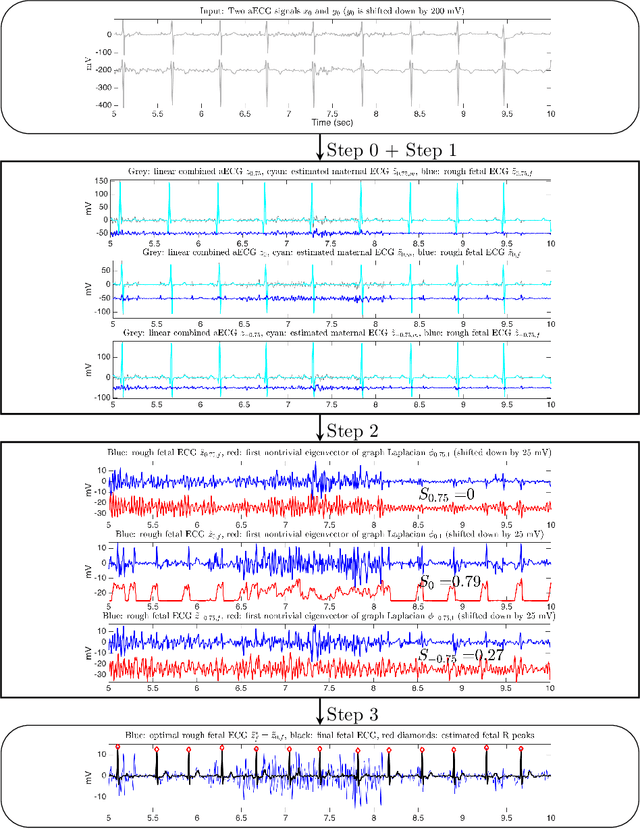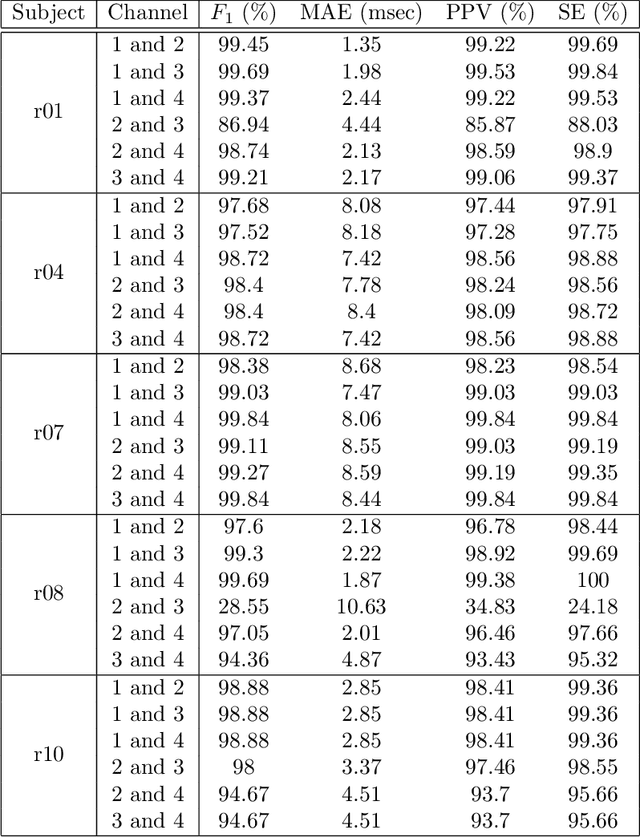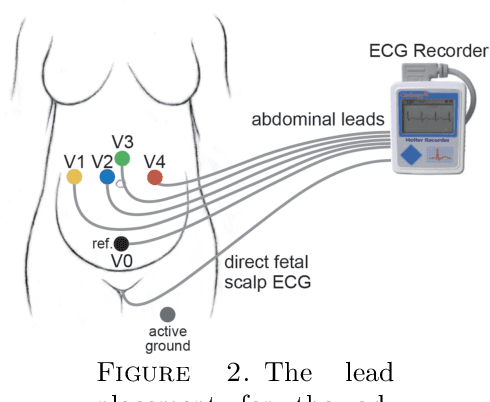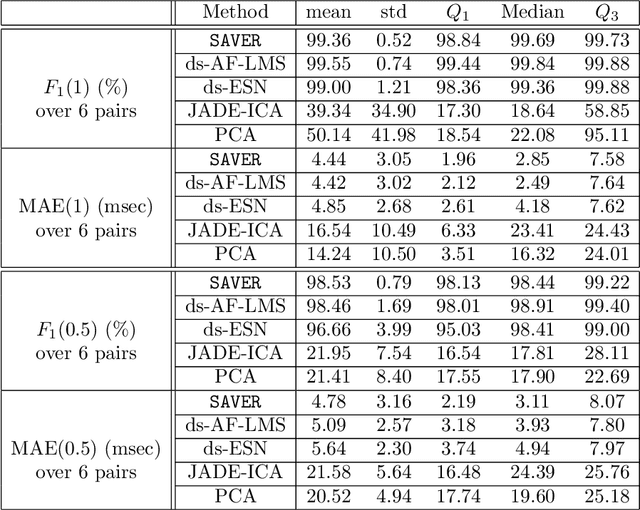Martin G. Frasch
Detection of preventable fetal distress during labor from scanned cardiotocogram tracings using deep learning
Jun 01, 2021


Abstract:Despite broad application during labor and delivery, there remains considerable debate about the value of electronic fetal monitoring (EFM). EFM includes the surveillance of the fetal heart rate (FHR) patterns in conjunction with the maternal uterine contractions providing a wealth of data about fetal behavior and the threat of diminished oxygenation and perfusion. Adverse outcomes universally associate a fetal injury with the failure to timely respond to FHR pattern information. Historically, the EFM data, stored digitally, are available only as rasterized pdf images for contemporary or historical discussion and examination. In reality, however, they are rarely reviewed systematically. Using a unique archive of EFM collected over 50 years of practice in conjunction with adverse outcomes, we present a deep learning framework for training and detection of incipient or past fetal injury. We report 94% accuracy in identifying early, preventable fetal injury intrapartum. This framework is suited for automating an early warning and decision support system for maintaining fetal well-being during the stresses of labor. Ultimately, such a system could enable a physician to timely respond during labor and prevent adverse outcomes. When adverse outcomes cannot be avoided, they can provide guidance to the early neuroprotective treatment of the newborn.
Calibration for massive physiological signal collection in hospital -- Sawtooth artifact in beat-to-beat pulse transit time measured from patient monitor data
Aug 27, 2018



Abstract:Objective: Calibration is one of the most important initial steps in any signal acquisition and experiment. It is however less discussed when massively collecting physiological signals in clinical setting. Here we test an off-the-shelf integrated Photoplethysmography (PPG) and electrocardiogram (ECG) monitoring device for its ability to yield a stable Pulse transit time (PTT) signal. Method: This is a retrospective clinical study using two databases: one containing 35 subjects who underwent laparoscopic cholecystectomy, another containing 22 subjects who underwent spontaneous breathing test in the intensive care unit. All data sets include recordings of PPG and ECG using a commonly deployed patient monitor. We calculated the PTT signal offline. Result: We identify a novel constant oscillatory pattern in the PTT signal and identify this pattern as the sawtooth artifact. We propose an approach based on the de-shape method to visualize, quantify and validate this sawtooth artifact. Conclusion: The PTT and ECG signals not designed for the PTT evaluation may contain unwanted artifacts. The PTT signal should be calibrated before analysis to avoid erroneous interpretation of its physiological meaning.
Efficient fetal-maternal ECG signal separation from two channel maternal abdominal ECG via diffusion-based channel selection
Feb 07, 2017



Abstract:There is a need for affordable, widely deployable maternal-fetal ECG monitors to improve maternal and fetal health during pregnancy and delivery. Based on the diffusion-based channel selection, here we present the mathematical formalism and clinical validation of an algorithm capable of accurate separation of maternal and fetal ECG from a two channel signal acquired over maternal abdomen.
 Add to Chrome
Add to Chrome Add to Firefox
Add to Firefox Add to Edge
Add to Edge